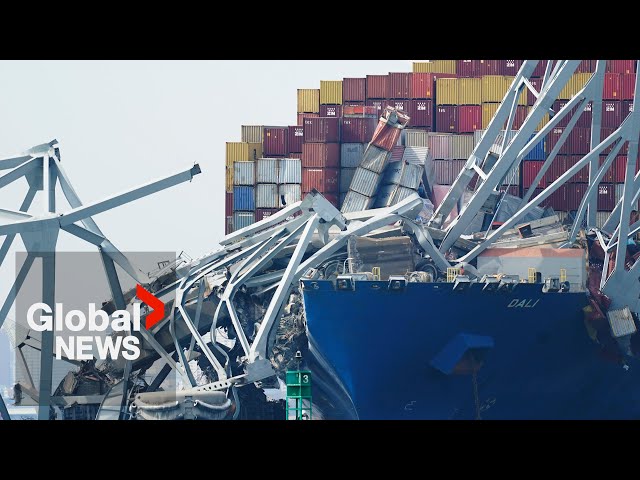Companies Diversify Supply Chain Outside of China.
The trend to diversify supply chain outside of China is gaining momentum for many companies, driven by a number of factors, including:
- Geopolitical tensions: The ongoing trade war between the United States and China, as well as concerns about Taiwan’s security, have made companies wary of relying too heavily on China for production.
- Rising labor costs: Labor costs in China have been rising in recent years, making it less attractive as a manufacturing base.
- Supply chain disruptions: The COVID-19 pandemic and other events have caused major disruptions to global supply chains, highlighting the risks of overreliance on a single region.
As a result, companies are looking to diversify their supply chains to other countries in Asia, such as Vietnam, India, and Indonesia. These countries offer lower labor costs, a growing manufacturing base, and stable political environments.
Here are some examples of companies that are diversifying their supply chains outside of China:
- Apple: Apple is reportedly shifting some of its iPhone production from China to India.
- Samsung: Samsung is investing heavily in its manufacturing facilities in Vietnam.
- Nike: Nike is moving some of its production from China to Vietnam and Mexico.
- Dell: Dell is expanding its manufacturing footprint in Southeast Asia.
How companies and countries are working towards diversifying outside of China.
The trend to diversify supply chain outside of China is likely to continue in the coming years. This will have a significant impact on the global economy, as China’s role as a manufacturing powerhouse diminishes and other countries emerge as key players.
Here are some of the potential benefits of diversifying supply chains outside of China:
- Reduced risk of disruptions: By diversifying their supply chains, companies can reduce their risk of being disrupted by events such as trade wars, natural disasters, or political instability.
- Lower costs: Companies can potentially lower their costs by moving production to countries with lower labor costs.
- Improved responsiveness: Companies can potentially improve their responsiveness to customer demand by moving production closer to their key markets.
However, there are also some potential challenges associated with diversifying supply chains outside of China:
- Increased complexity: Managing multiple supply chains can be more complex than managing a single supply chain.
- Lower quality: Companies may face challenges in finding suppliers in other countries that can meet their quality standards.
- Increased logistics costs: Shipping products from other countries can be more expensive than shipping products from China.
Overall, the trend of diversifying supply chains outside of China is a positive development for the global economy. It will help to reduce risk, lower costs, and improve responsiveness. However, companies will need to carefully manage the complexities of managing multiple supply chains to ensure that they are successful.
Global Supply Chain Resources
- Apple Supply Chain Management – Shift Away From China.
- China’s Manufacturing Crisis, Companies are Running Out of China.
- How Companies Are Overhauling Supply Chain to Ease Bottlenecks.
- How Shipping Containers Are Made.
- Why Apple is Rushing to Move Production Out of China.





